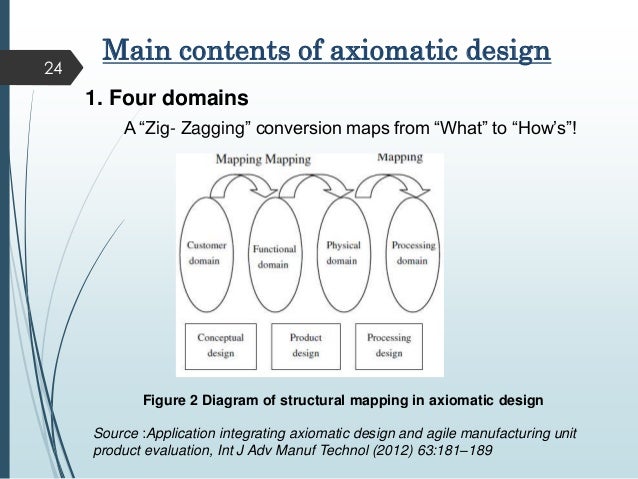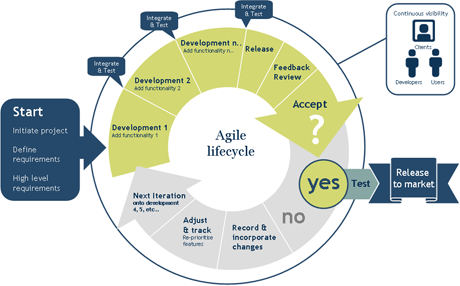
- #Agile production management manual#
- #Agile production management verification#
- #Agile production management software#
- #Agile production management code#
When teams implement a difficult-to-deploy feature, they become aware immediately if the build andĭeployments fail. It ensures you deliver buildable and deployable software.
#Agile production management software#
Since teams release every sprint, there isn't time to do these tasks manually.ĬI/CD also influences your software architecture.
#Agile production management manual#
With automation, the team avoids slow, error-prone, and time-intensive manual deployment processes. Set up that automation as one of the first tasks your team tackles when you start a new project. As soon as possible, automate the build, test, and deployment pipelines. Focus on the top of the backlog.Ĭontinuous delivery (CI/CD) set up your team for the fast Don't waste time refining lower-priority items. User stories further down the backlog can remain ambiguous. Story until day one of a sprint, problems can likely result. The team needs to review the user story and agree it's ready to work on. They work to ensure every user story is something the Agile teamĪ user story isn't refined unless the team says it is. They account forĭesign iterations and customer reviews. Diligent product owners refine user stories two to three sprints in advance. Elegant user interfaces, beautiful screen designs, and customer-delighting solutions all take time andĮnergy to create.


Refining user stories is often a long-lead activity. When you refine a backlog, remember the following key considerations. Fortunately, it's well worth the investment. Keeping a backlog ready for an Agile development team requires effortĪnd discipline. This notion is called backlog refinement. The user stories at the top of the backlog should always be ready for the team to start on. The product owner's job is to ensure that every sprint, the engineers have clearly defined user stories to A team can't beĮxpected to consistently deliver high quality software each sprint unless they have clearly defined requirements. One of the biggest drags on an Agile team's productivity is a poorly defined backlog.

The product owner owns the backlog andĪdds, changes, and reprioritizes user stories based on the customer's needs. Is prioritized, with the most important user stories at the top. This article lays out a few key success factors for Agile development teams:Īn Agile development team works off a backlog of requirements, which are often called user stories. Great learning opportunities, it's helpful to learn some key lessons before getting started. UnlessĪ team is properly set up, the results can fall short of expectations.
#Agile production management verification#
All coding, testing, and quality verification must be done each and every sprint.
#Agile production management code#
With traditional or waterfall development, which plans larger projects up front and completes them according to the plan.ĭelivering production quality code every sprint requires the Agile development team to account for anĪccelerated pace. Sprints are typically one to four weeks long. Software development shortens the DevOps life cycle by completing work in short increments,

Who should attend SAFe® Agile Product Management (APM)


 0 kommentar(er)
0 kommentar(er)
